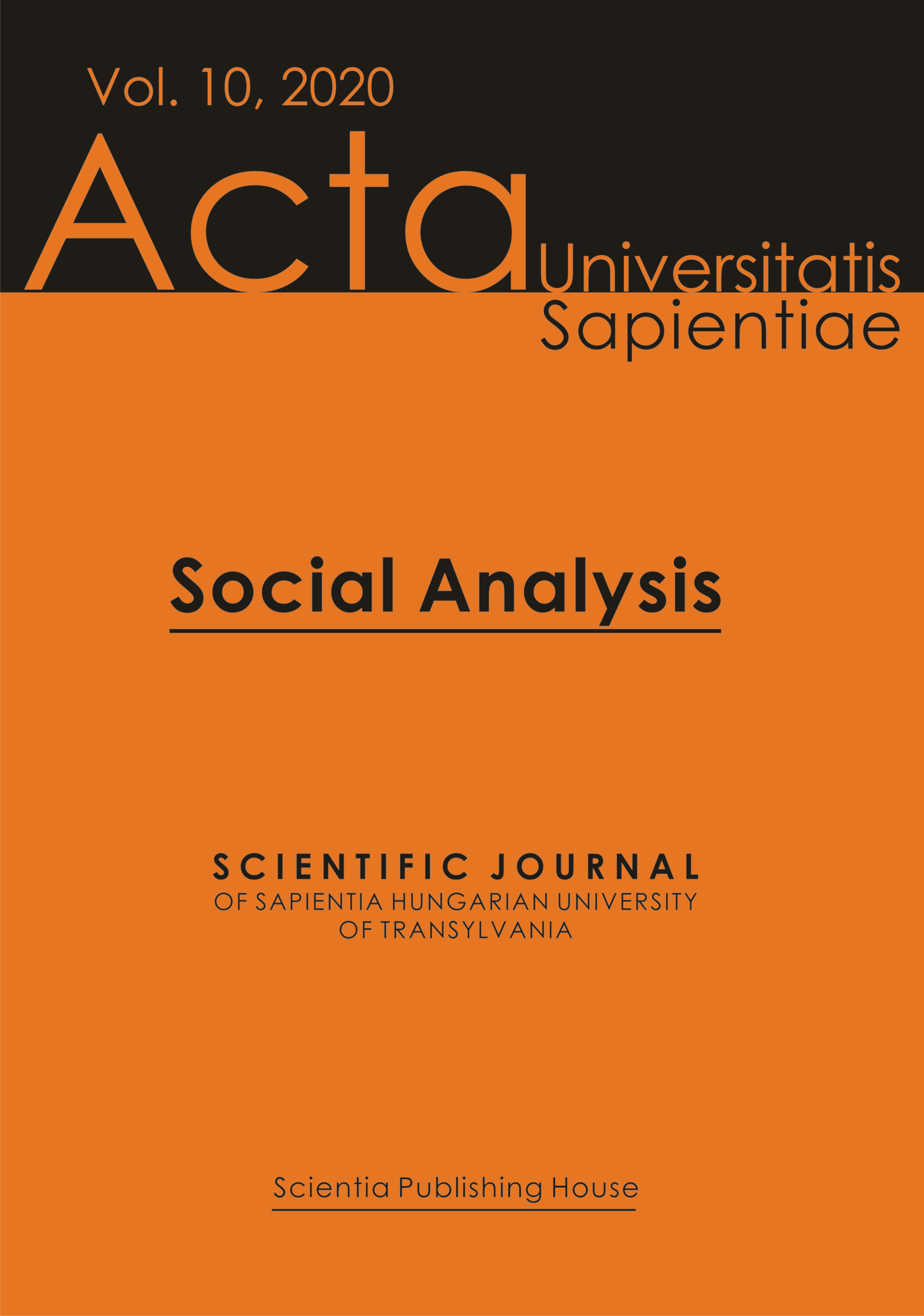Burnout and Depression in Medical Assistants in State-Owned Healthcare Institutions in Romania
Burnout and Depression in Medical Assistants in State-Owned Healthcare Institutions in Romania
Author(s): Ágnes Sántha, Réka Lukács-Márton, István VingenderSubject(s): Organizational Psychology, Health and medicine and law, Demography and human biology
Published by: Scientia Kiadó
Keywords: healthcare professionals; nurses; burnout; depression; WHO-5 Well-Being Index;
Summary/Abstract: Similarly to other countries in the Eastern European Region, the situation of medical assistants in Romania is fairly difficult. Due to the lack of personnel, health professionals are typically overwhelmed with work. The Quality of Life Research Centre at Sapientia Hungarian University of Transylvania conducted a non-representative survey among medical assistants in Romanian state-owned healthcare institutions. The sample size is 312 Romanian and Hungarian speaking nurses from six counties. The present study problematizes the mental health of medical assistants, more precisely burnout and depression, along demographic, social, and labour market features. The determinants of burnout and depression are being searched for among these structural and situational variables, and their controlled impact is being assessed with linear regression. Results indicate an excessive risk of burnout and depression for nurses with lower-qualification working in outpatient care. Differences in the mental health of medical assistants echo to a large extent social inequalities, so that controlled for covariates, household income has a significant impact upon burnout and depression. From demographic agents, the protective effect of partnership is outstanding, and the number of supportive relationships is a protective factor of its own right against both burnout and depression. Female assistants are more at risk for depression but not for burnout, whereas workload increases the risk of burnout but not of depression. The analysis takes sides of the distinctness of burnout and depression. Although both syndromes are largely influenced by social features, burnout seems to be more situationally influenced whereas depression more structurally affected.
Journal: Acta Universitatis Sapientiae, Social Analysis
- Issue Year: 2020
- Issue No: 10
- Page Range: 115-138
- Page Count: 24
- Language: English

